Queen Liliuokalani Building, Hawai‘i Department of Education headquarters in Honolulu
 All fifty states currently have some form of concussion management policy instituted to protect athletes 18 and below. Hawai‘i law (HB 2273/SD1 Act 197 of 2012) requires the Hawai‘i Department of Education and the Hawai‘i High School Athletic Association (“HHSAA”) to develop a concussion educational program.
All fifty states currently have some form of concussion management policy instituted to protect athletes 18 and below. Hawai‘i law (HB 2273/SD1 Act 197 of 2012) requires the Hawai‘i Department of Education and the Hawai‘i High School Athletic Association (“HHSAA”) to develop a concussion educational program.
The law ensures that there is education for students, parents, officials, faculty, coaches, and administrators about the signs and symptoms of a concussion, annual programs for coaches about the warning signs, education on the need for mandatory removal of students from activities if demonstrating the signs, education on the need for a licensed health care professional to evaluate the student and the monitoring of the student.
Every public and private school that is a member of the HHSAA must develop the school’s concussion awareness program, and every program must require:
Annual concussion training for all coaches, faculty and staff
A clinic is held to present information on signs and symptoms of a concussion, the need for obtaining proper medical attention, and information on the nature and risk of concussion. It’s necessary to have an integrated approach including teachers and administrators—not just coaches or athletic trainers.
Written authorization for any concussed student to return to the activity
Written authorization to return must be provided by a licensed health care provider, including a statement that the student is eligible to resume participation in the sport. The student’s return requires monitoring by the school’s trainer, and may require the student to follow a recovery plan like rest/reintroduction to activity.
Immediate benching of any student who show signs of a concussion
A problem with undiagnosed concussions is the threat of a second hit to the head—a phenomenon called “the Second Impact Syndrome.” Students will be evaluated and cleared by a licensed health care provider before they can return to athletics or academics.
Mandatory parental signatures
To verify parents acknowledge the risks associated with concussions, a standard form is issued including up-to-date information and resources. A parental signature is required, which ensures at least a cursory understanding.

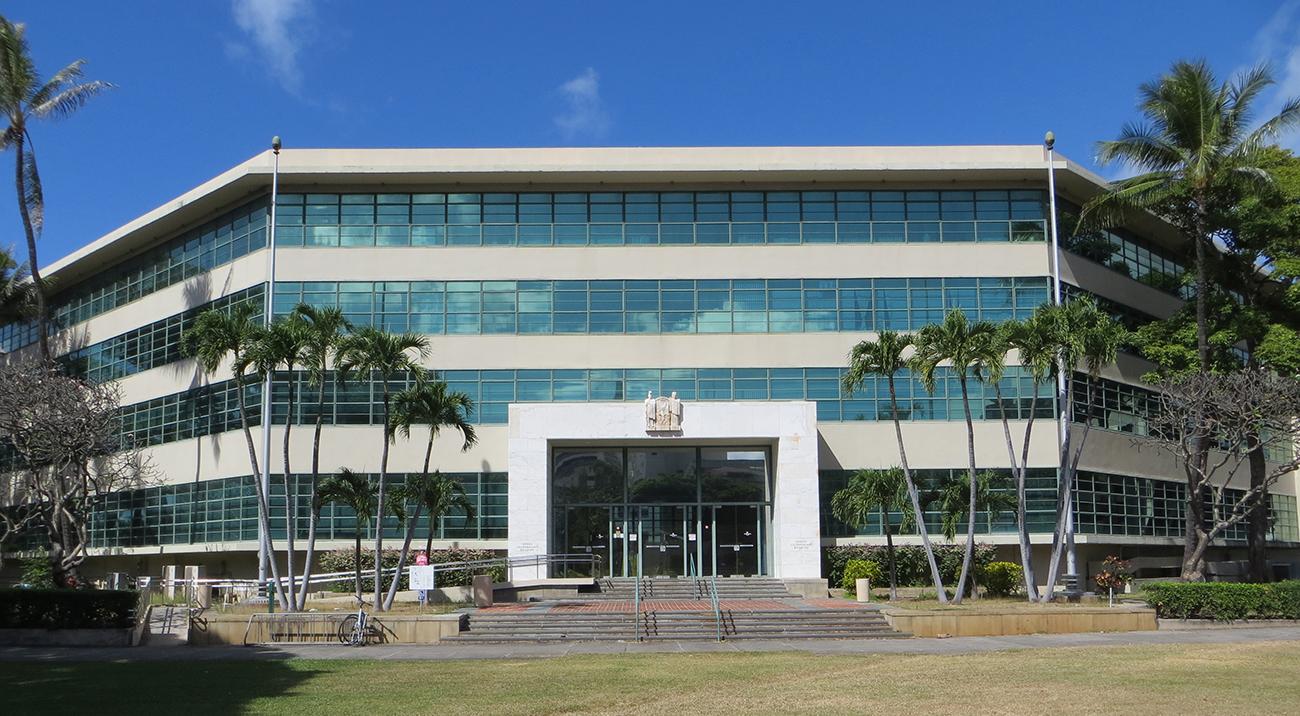

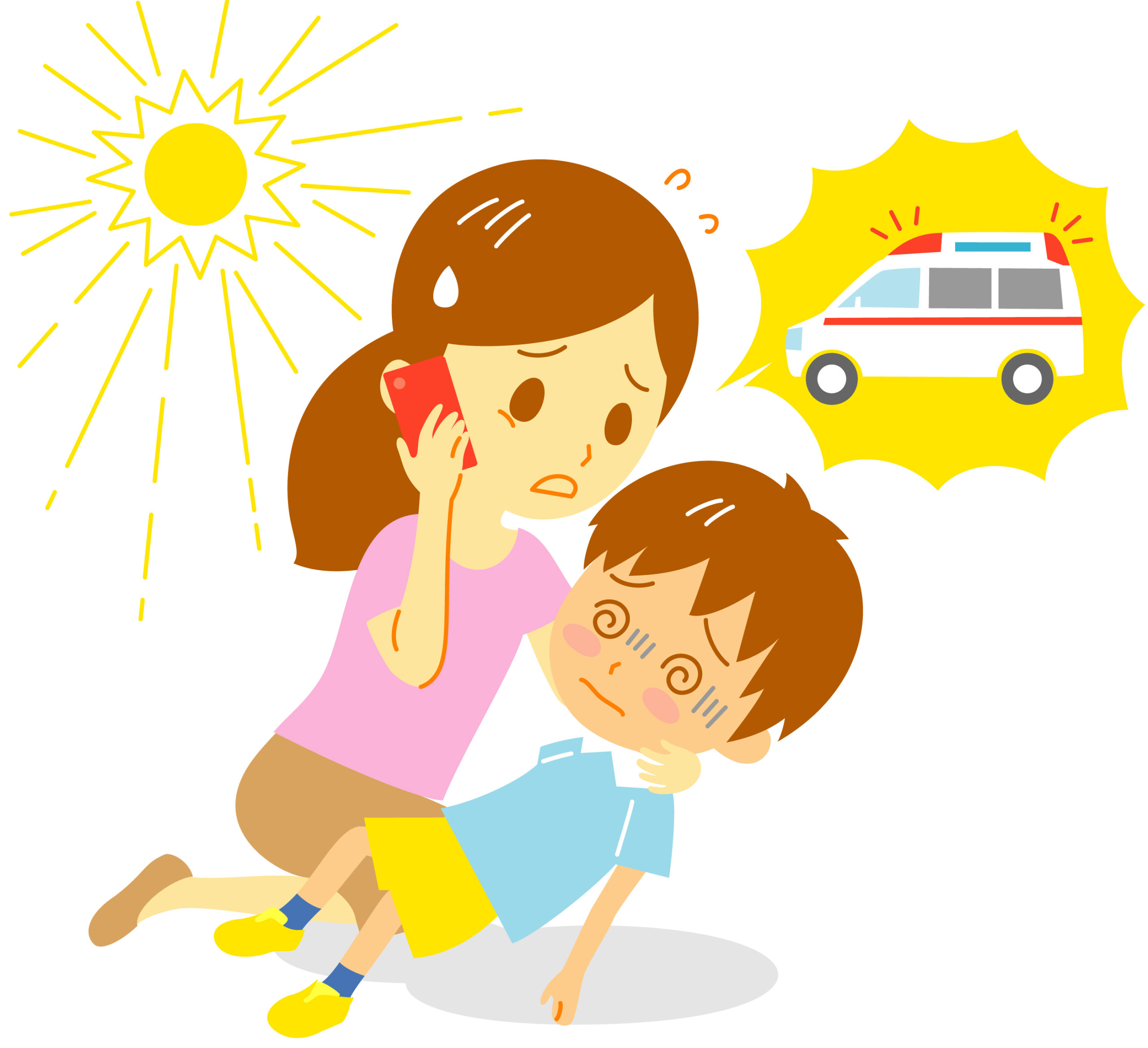
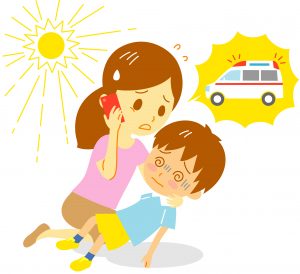 To Family:
To Family: 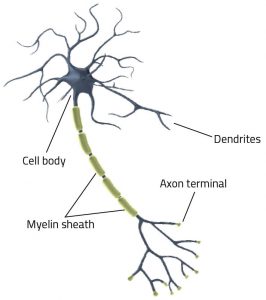
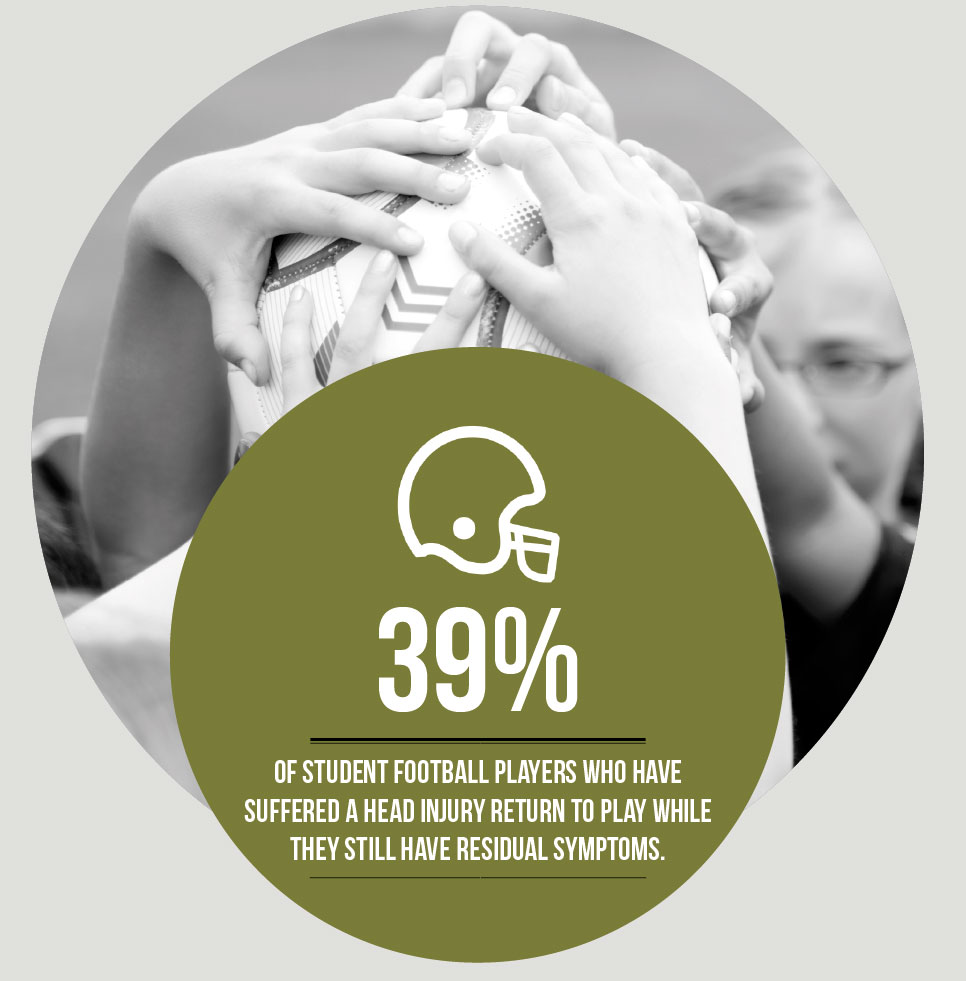
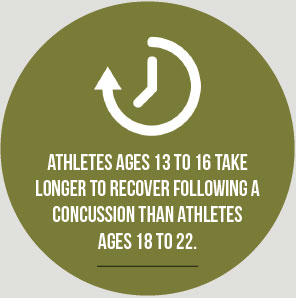


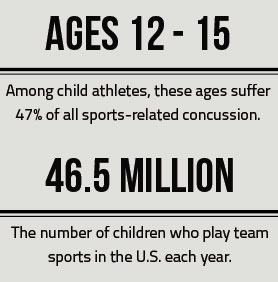

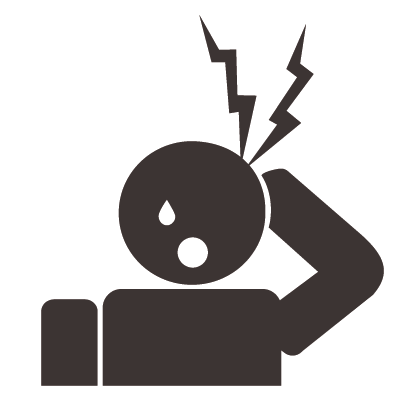
 Pain & Physical Sensation
Pain & Physical Sensation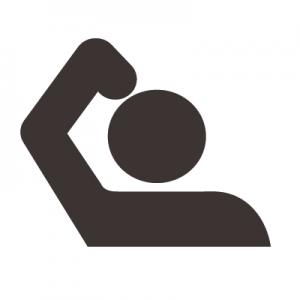 Problems With Memory & Cognition
Problems With Memory & Cognition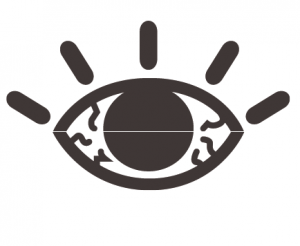 Vision & Sleep Disturbances
Vision & Sleep Disturbances Changes In Personality
Changes In Personality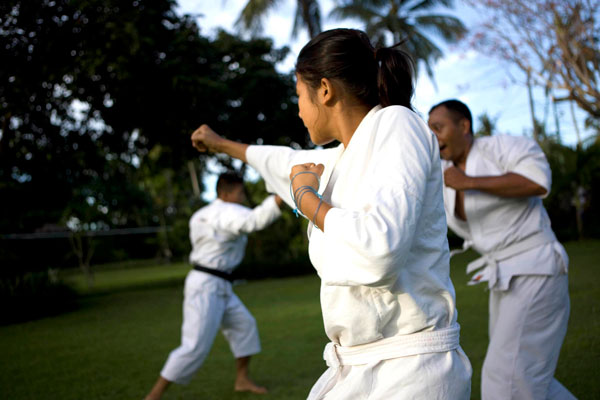

 Congress, the White House and the CDC all agree mild traumatic brain injury is an issue nearing “epidemic” proportions. The indirect and direct cost of mTBI is estimated by the National Conference of State Legislatures to be $70 billion dollars, in addition to the emotional toll on family and friends.
Congress, the White House and the CDC all agree mild traumatic brain injury is an issue nearing “epidemic” proportions. The indirect and direct cost of mTBI is estimated by the National Conference of State Legislatures to be $70 billion dollars, in addition to the emotional toll on family and friends.